Roofs are more than just a protective shield against external elements; they are complex systems designed to ensure the longevity and safety of your home. Understanding the intricacies of roofing layers is essential for homeowners, especially when considering the potential dangers of water intrusion.
The Adversaries of Your Roof
Throughout its lifespan, a roof faces numerous challenges. Elements like water, wind, snow, and ice are its primary adversaries. Among these, water intrusion stands out as a significant threat. Rain, snow, ice, or even trapped humidity can lead to premature roof damage and aging. When water finds its way beneath the shingles, it can lead to wood rot, mold, and mildew, which in turn can attract wood-destroying insects such as termites or carpenter ants.
Delving into the Layers of Roofing
While the average homeowner might only notice the shingles, experts like us at Lenox Roofing see beyond the surface. We understand the importance of each layer and how they collectively contribute to the roof’s overall protection.
1. Framing:
This foundational layer, made of wood or metal, supports the weight of the roof. Proper framing ensures balanced weight distribution, preventing undue stress on any particular section. Regular inspections can identify signs of water damage, mold, or wood rot.
2. Insulation:
Positioned beneath the roof in the attic, insulation is crucial for maintaining the home’s temperature. Proper insulation can save on utility bills and prevent deterioration of the layers above.
3. Roofing Ventilation:
Ensuring adequate airflow through the attic is vital. Proper ventilation prevents moisture damage by allowing hot and humid air to escape, especially during summer.
4. Roof Deck:
This layer, typically made of plywood, connects the framing and provides protection for the layers above.

5. Water Barrier:
Positioned atop the roof deck, this layer prevents water from reaching the wood surfaces beneath the shingles and underlayment.
6. Roofing Underlayment:
This layer offers added protection beneath the shingles. It ensures shingles adhere properly, maintains their shape, and withstands stormy conditions.
7. Starter Strip:
This foundational strip seals the roof’s edges, safeguarding them against high winds and rain.
8. Shingles:
The final protective layer, shingles shield the home from harmful UV rays and external elements like water, ice, and snow.
9. Ridge Caps:
Positioned along the roof’s top, ridge caps divert water and moisture away from the roofing system. They also help in venting the roof, ensuring optimal attic humidity levels.
10. Flashing:
Installed around chimneys and vents, flashing provides added protection. It prevents water intrusion at seams or breaks between the shingles and roofing.
The Value of Regular Roof Inspections
Routine inspections by reputable roofing companies in Myrtle Beach South Carolina, like Lenox Roofing, can extend your roof’s lifespan. While the shingles might appear intact, underlying issues, such as damaged flashing around vents or chimneys, can be identified and addressed before they escalate.
In conclusion, understanding the multiple layers of a roofing system is paramount for homeowners. With regular maintenance and inspections, you can ensure the longevity and safety of your roof. At Lenox Roofing, we pride ourselves on delivering top-notch roofing in Myrtle Beach, ensuring your home remains protected against the elements.


